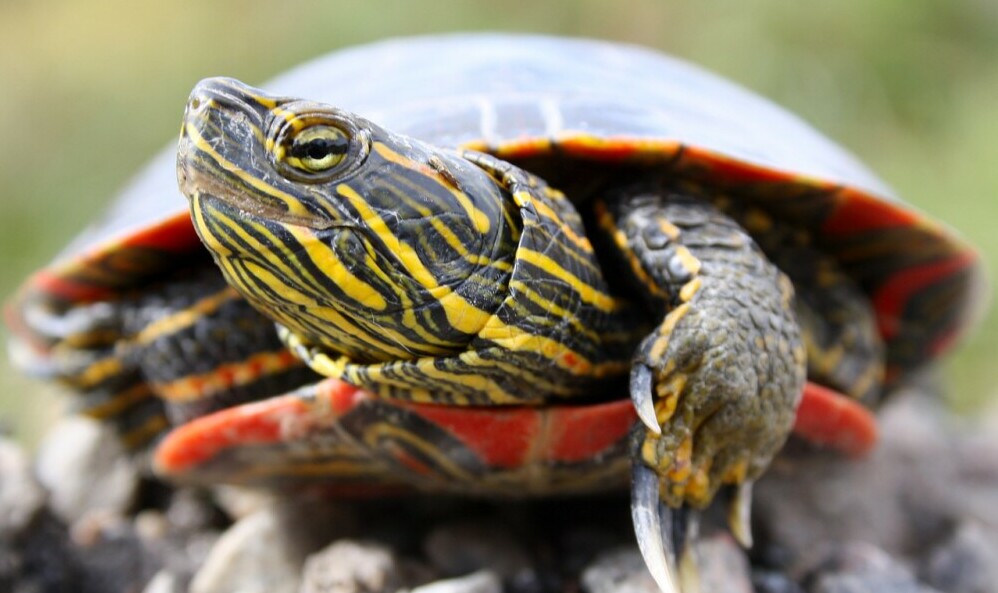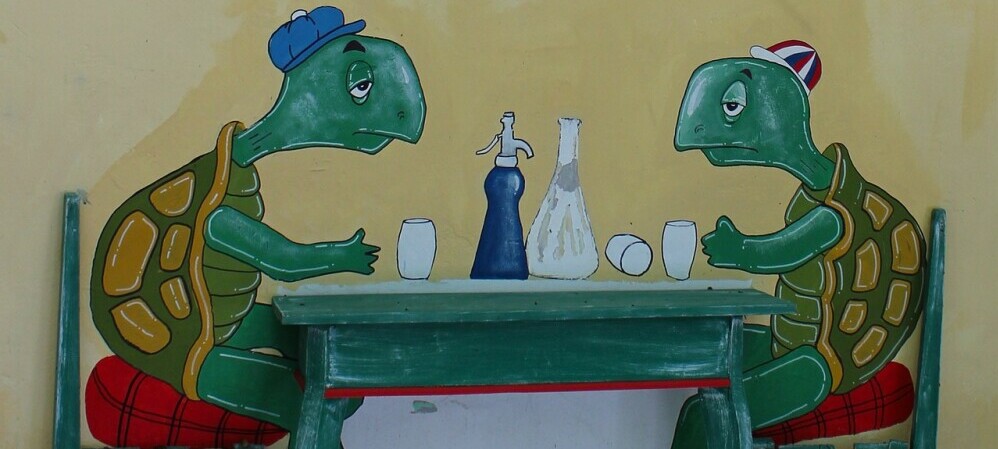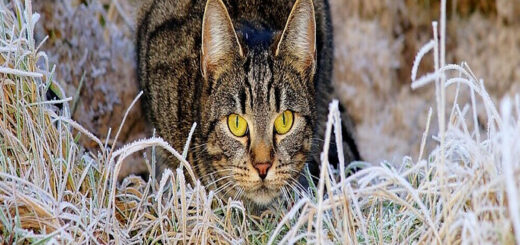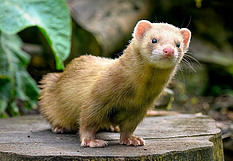Unlocking The Culinary Palette Of Painted Turtles: What Do Painted Turtles Eat
The world of painted turtles is as vibrant and diverse as the colors adorning their shells. These fascinating creatures, commonly found in North America, have captured the curiosity of reptile enthusiasts and pet owners alike. One crucial aspect of caring for painted turtles is understanding their dietary needs. In this article, we will explore the dietary habits of painted turtles, shedding light on what makes up their menu in the wild and how to ensure their nutritional well-being in captivity.

1. Natural Diet of Painted Turtles:
Painted turtles are omnivores, meaning they consume both plant and animal matter. In the wild, their diet consists of aquatic plants, algae, small invertebrates, insects, and even small fish. This varied diet provides them with essential nutrients, ensuring their overall health and survival in their natural habitat.
2. Vegetarian Options:
In captivity, providing a balanced and nutritious diet is crucial for the well-being of painted turtles. Vegetables such as leafy greens (e.g., kale, spinach, and lettuce), carrots, and squash are excellent choices. These vegetables not only offer vitamins and minerals but also contribute to the turtles’ hydration.
3. Protein Sources:
To meet their protein requirements, painted turtles need a mix of animal-based foods. Insects like crickets and mealworms, as well as small fish (such as minnows or feeder fish), are suitable protein sources. These foods support muscle development and shell health.

4. Commercial Turtle Pellets:
Specially formulated turtle pellets are available in the market, offering a convenient way to provide a balanced diet. Look for pellets designed for aquatic turtles, as these usually contain a mix of plant and animal ingredients to mimic their natural diet.
5. Fruits in Moderation:
While fruits can be part of a painted turtle’s diet, they should be offered in moderation due to their higher sugar content. Slices of berries, melons, and apples can be given occasionally as treats, providing additional nutrients and variety.
6. Calcium and Supplements:
Calcium is crucial for the development and maintenance of a turtle’s shell and bones. In captivity, it’s essential to provide a calcium supplement, either through cuttlebone or powdered calcium, to ensure the turtle receives an adequate amount.
Conclusion:
Understanding the dietary needs of painted turtles is fundamental to their health and longevity. Whether in the wild or captivity, a well-rounded diet that mirrors their natural habits is key. From a mix of vegetables to protein-rich insects and fish, catering to the diverse palate of these fascinating reptiles ensures a fulfilling and healthy life.
FAQ Section:
Q1: Can painted turtles eat fruits daily?
A1: While fruits can be part of their diet, they should be offered in moderation due to their higher sugar content.
Q2: How often should I provide calcium supplements?
A2: Calcium supplements should be offered a few times a week to ensure proper shell and bone development.
Q3: Can I feed my painted turtle only commercial turtle pellets?
A3: While commercial turtle pellets provide essential nutrients, a varied diet including vegetables, insects, and small fish is recommended for overall health.
Q4: Are there any foods I should avoid feeding my painted turtle?
A4: Avoid high-sugar and high-fat foods, as well as toxic plants. Also, ensure that any insects or fish offered are appropriate for turtle consumption.
Thanks for reading! If you enjoyed this article please leave us a comment and check out some of our others! For inquiry requests please e-mail contact@commoncuriosities.com
Interested in learning more about what animals eat? Check these posts out!
Exploring The Culinary World Of Red Pandas: What Do Red Pandas Eat
What do hummingbirds eat in the winter?




